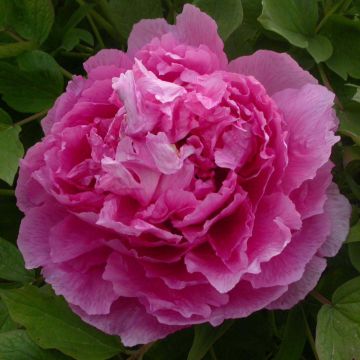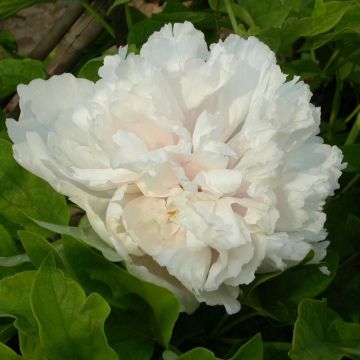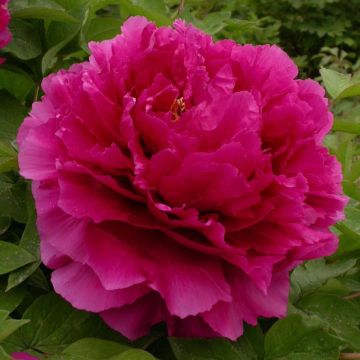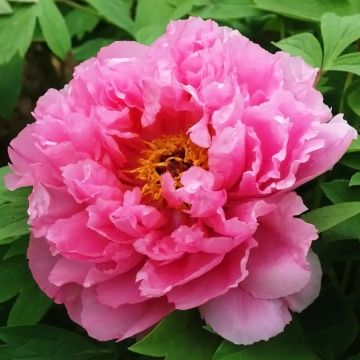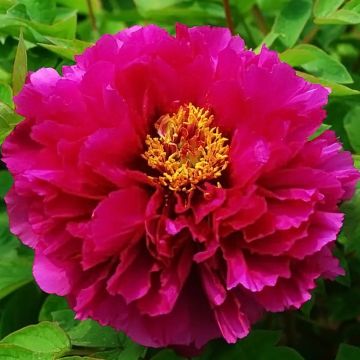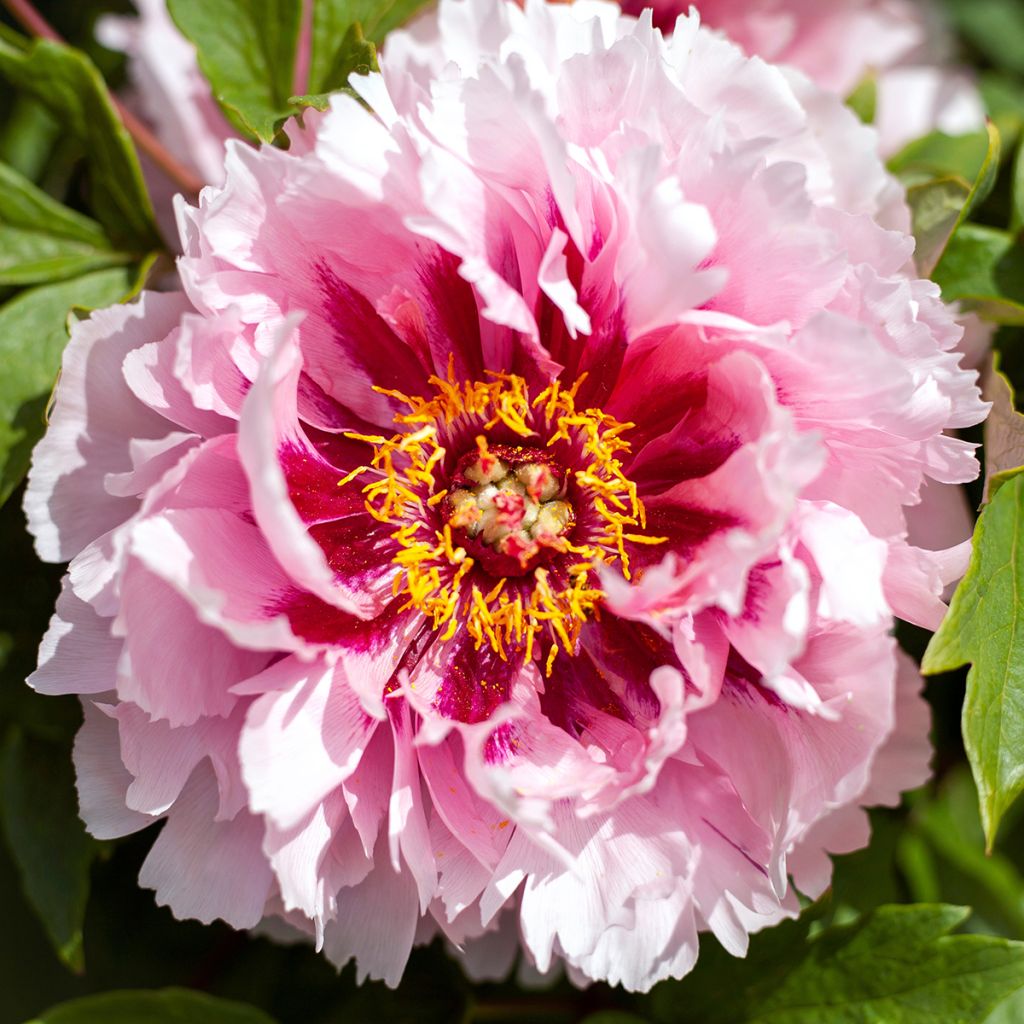

Pivoine arbustive Lan Bao Shi (Blue Jewel, Blue Sapphire) - Paeonia suffruticosa
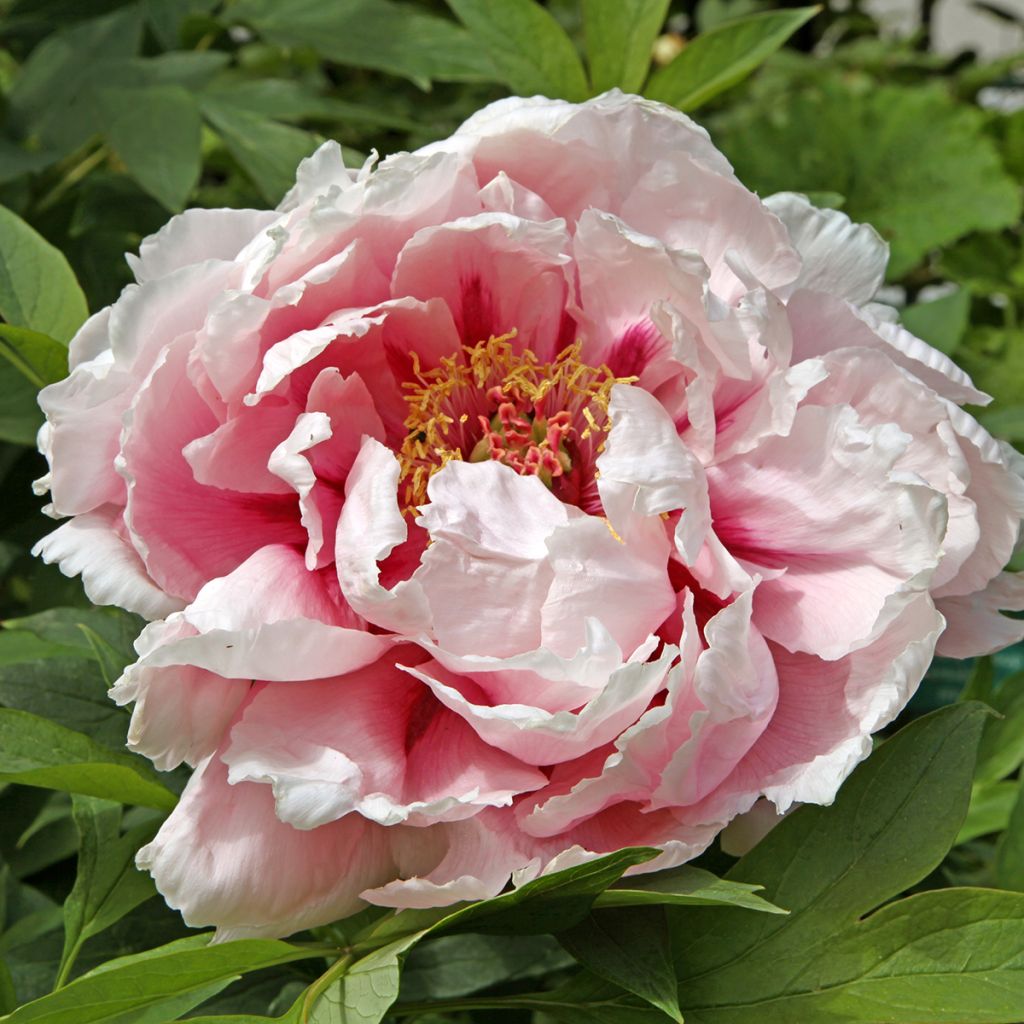

Pivoine arbustive Lan Bao Shi (Blue Jewel, Blue Sapphire) - Paeonia suffruticosa
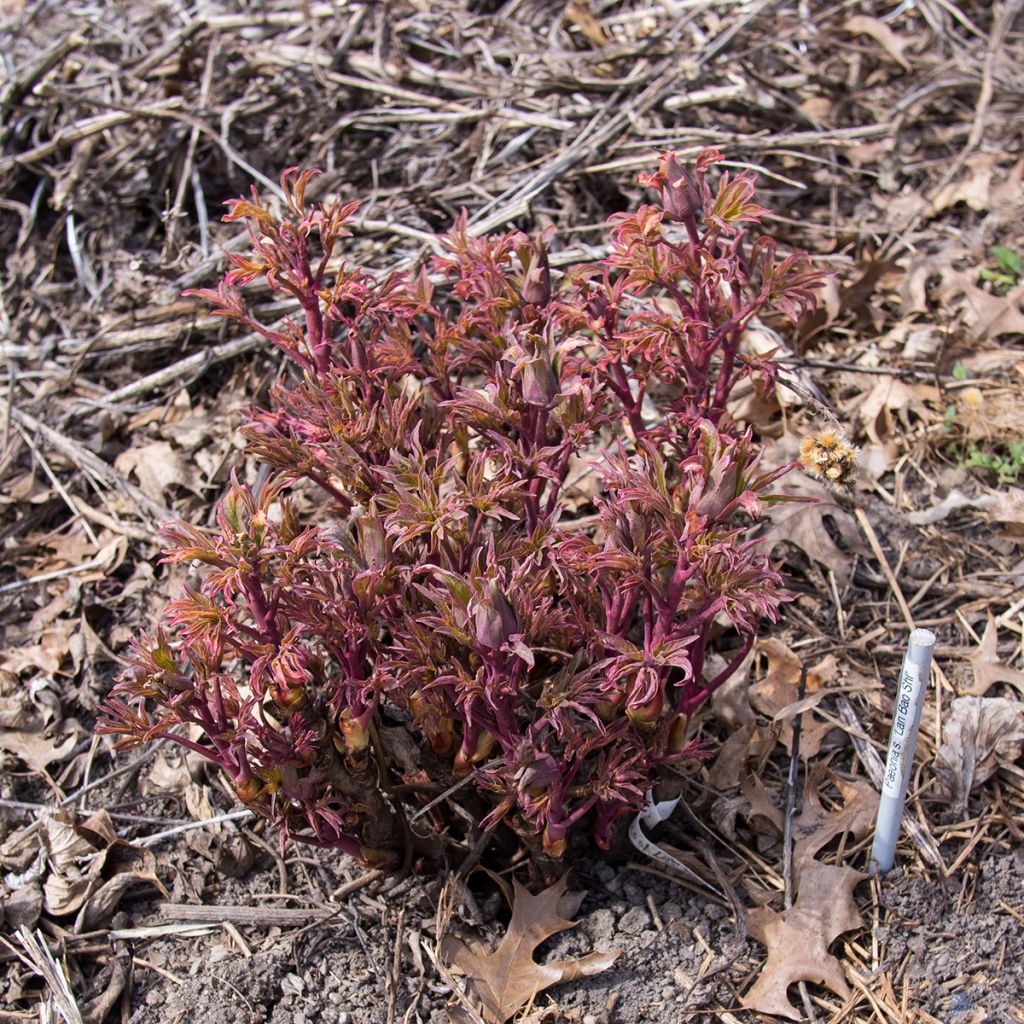

Pivoine arbustive Lan Bao Shi (Blue Jewel, Blue Sapphire) - Paeonia suffruticosa
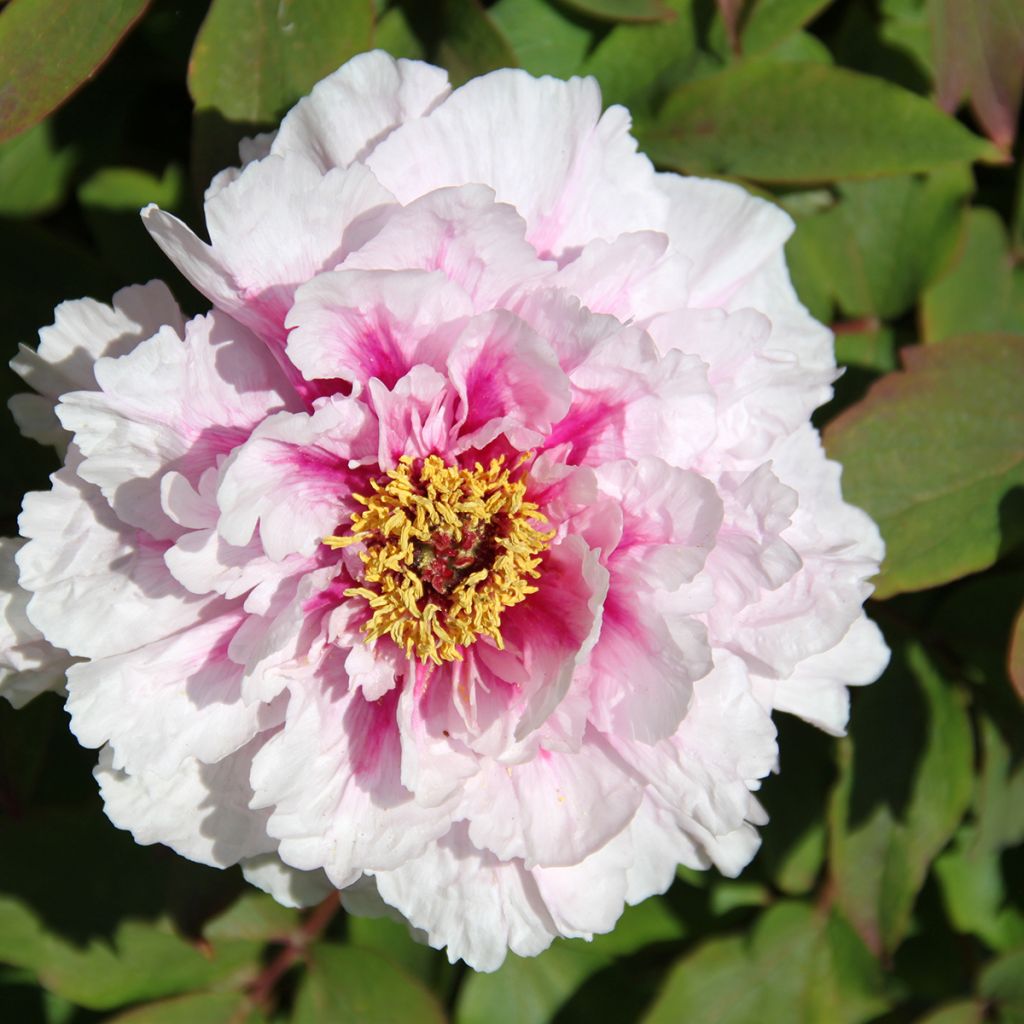

Pivoine arbustive Lan Bao Shi (Blue Jewel, Blue Sapphire) - Paeonia suffruticosa
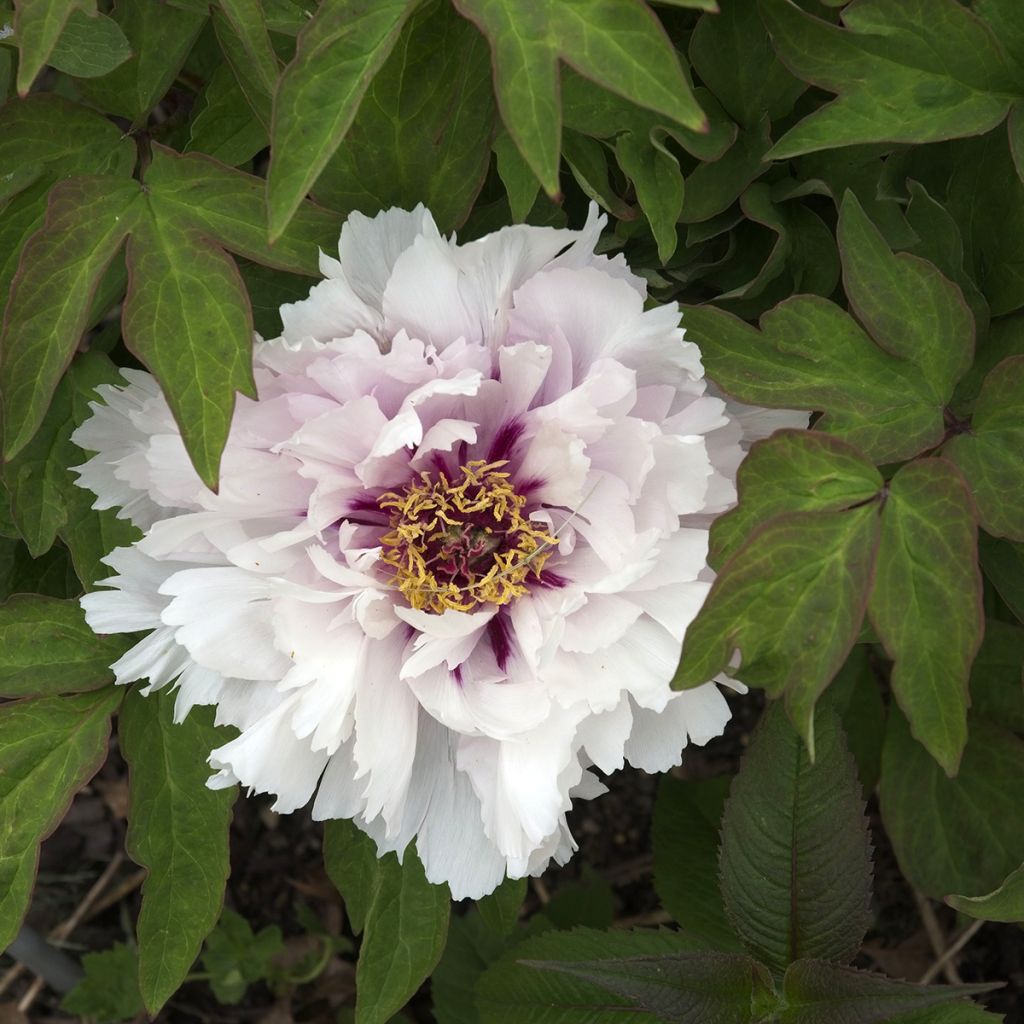

Pivoine arbustive Lan Bao Shi (Blue Jewel, Blue Sapphire) - Paeonia suffruticosa
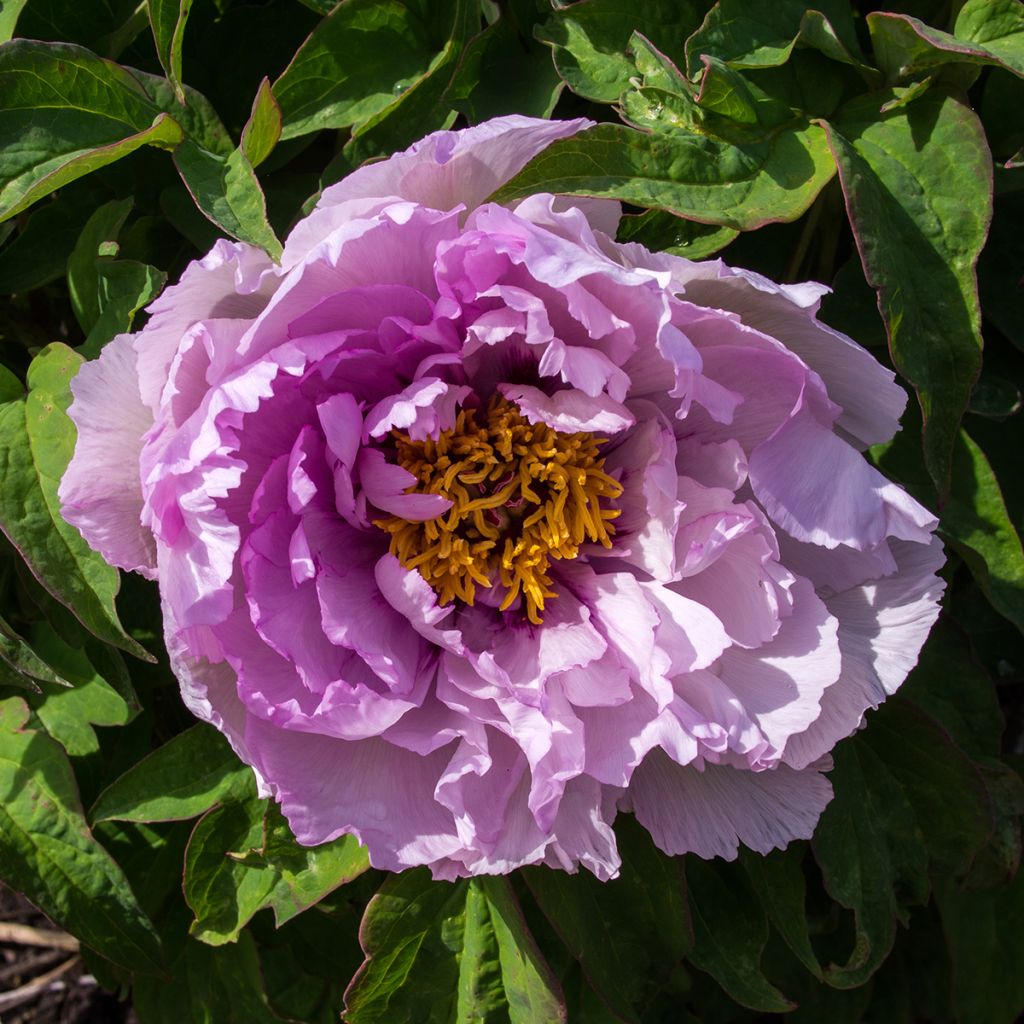

Pivoine arbustive Lan Bao Shi (Blue Jewel, Blue Sapphire) - Paeonia suffruticosa


Pivoine arbustive Lan Bao Shi (Blue Jewel, Blue Sapphire) - Paeonia suffruticosa


Pivoine arbustive Lan Bao Shi (Blue Jewel, Blue Sapphire) - Paeonia suffruticosa
Paeonia suffruticosa Lan Bao Shi
Paeonia suffruticosa Lan Bao Shi
Tree Peony. Moutan Peony
Plant received in good condition. Good recovery.
Mijo, 08/10/2025
Special offer!
Receive a €20 voucher for any order over €90 (excluding delivery costs, credit notes, and plastic-free options)!
1- Add your favorite plants to your cart.
2- Once you have reached €90, confirm your order (you can even choose the delivery date!).
3- As soon as your order is shipped, you will receive an email containing your voucher code, valid for 3 months (90 days).
Your voucher is unique and can only be used once, for any order with a minimum value of €20, excluding delivery costs.
Can be combined with other current offers, non-divisible and non-refundable.
Why not try an alternative variety in stock?
View all →This plant carries a 12 months recovery warranty
More information
We guarantee the quality of our plants for a full growing cycle, and will replace at our expense any plant that fails to recover under normal climatic and planting conditions.

Would this plant suit my garden?
Set up your Plantfit profile →
Description
Paeonia suffruticosa 'Lan Bao Shi', also known as 'Blue Jewel' or 'Blue Sapphire', is one of the best "blue" tree peonies currently available. The plant shows vigorous growth, producing numerous delicately scented flowers and tolerating strong sunlight. Its cup-shaped flowers, pale pink with mauve highlights, reveal a purple-violet spotted centre surrounding a large cluster of stamens. The tree peony is a hardy plant, easy to grow in any good garden soil. It will live for many years with minimal care after proper installation. An established tree peony needs no description; it is simply admired, whether in isolation or at the foreground of a shrub bed.
The 'Blue Jewel' tree peony is a magnificent descendant of Paeonia suffruticosa, native to central China. This extraordinary species, cultivated for approximately 1500 years in China and two centuries in Europe, has given rise to numerous cultivars with single or double flowers in various colours, except true blue. The wild form, which remains enigmatic, has never been formally identified. In contrast to herbaceous peonies, Paeonia suffruticosa produces woody branches, one or several small trunks, and sparsely branched knotted branches that persist year-round, like those of shrubs. Its foliage is deciduous, appearing in spring and falling in autumn, sometimes displaying beautiful colours at the end of the season. All these plants native to the Far East are very hardy. They belong to the Ranunculaceae family.
'Lan Bao Shi' was selected in China in 1975. Of medium size but with vigorous growth, this peony forms a sparsely branched, rounded bush that can reach 1.40 to 1.50 meters (5 feet) in all directions under good growing conditions. The short, straight, upright branches bear leaves divided into 9 long lanceolate leaflets, very smooth, strongly veined, reddish at the start and quickly turning dark green, sometimes with reddish borders. The flowering of this variety occurs for 3 weeks in April-May, in the middle of the tree peony season. A 3-year-old plant will produce a single flower in the first year, but 50 after 20 years of cultivation. It starts with very large solitary buds, green and round, appearing at the end of new shoots in late winter and resisting late frosts well. They open into semi-double chrysanthemum-like corollas, upright or horizontal, measuring approximately 16 cm (6in) wide and 6 cm (2in) deep. The very pale pink petals have a dark smudge at the base, a characteristic probably inherited from Paeonia rockii. The flower's centre is occupied by highly visible golden-yellow stamens, attracting bumblebees. The light fragrance that diffuses around the flowering bush is somewhat reminiscent of roses.
The tree peony is not a plant for impatient gardeners. It takes its time, but those years of patience are rewarded with the fabulous spectacle created by this opulent shrub covered in flowers in spring. In the garden, the 'Lan Bao Shi' tree peony will be sumptuous as a standalone against a wall, in the foreground of a hedge, or in a bed, under tall trees, always sheltered from the wind and in an area with plenty of light. Its dreamlike flowers will be enhanced by those of other peonies in white, dark pink, purple, or mauve, clusters of lilacs in mauve, purple, or white, or early-flowering China roses (Old Blush). This plant also pairs well with other perennials that bloom before or after it, such as bearded irises or bellflowers.
Report an error about the product description
Paeonia suffruticosa Lan Bao Shi in pictures
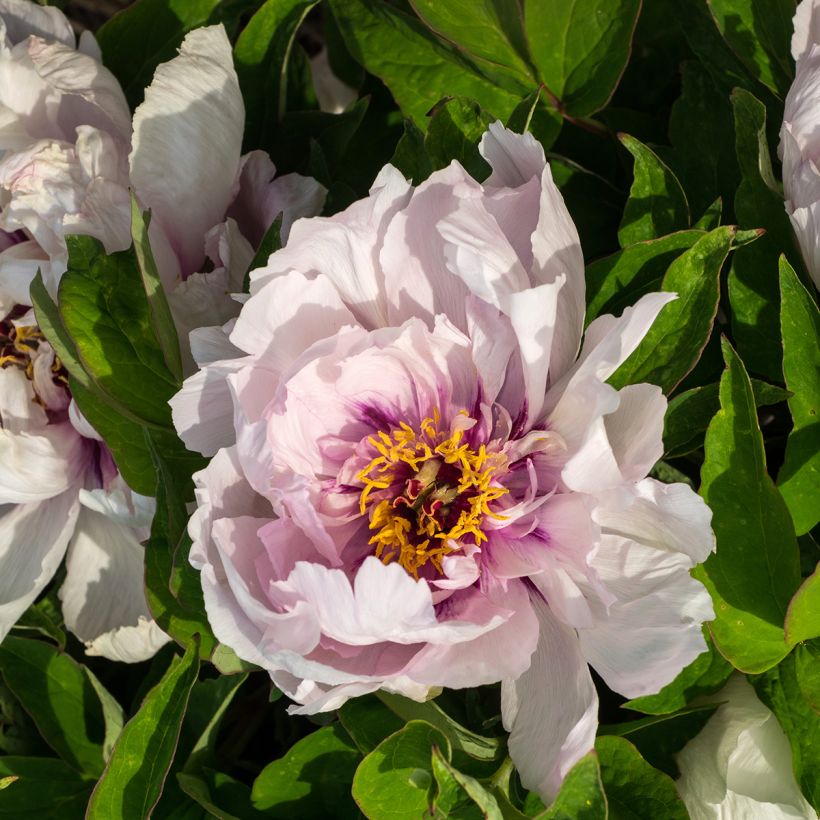

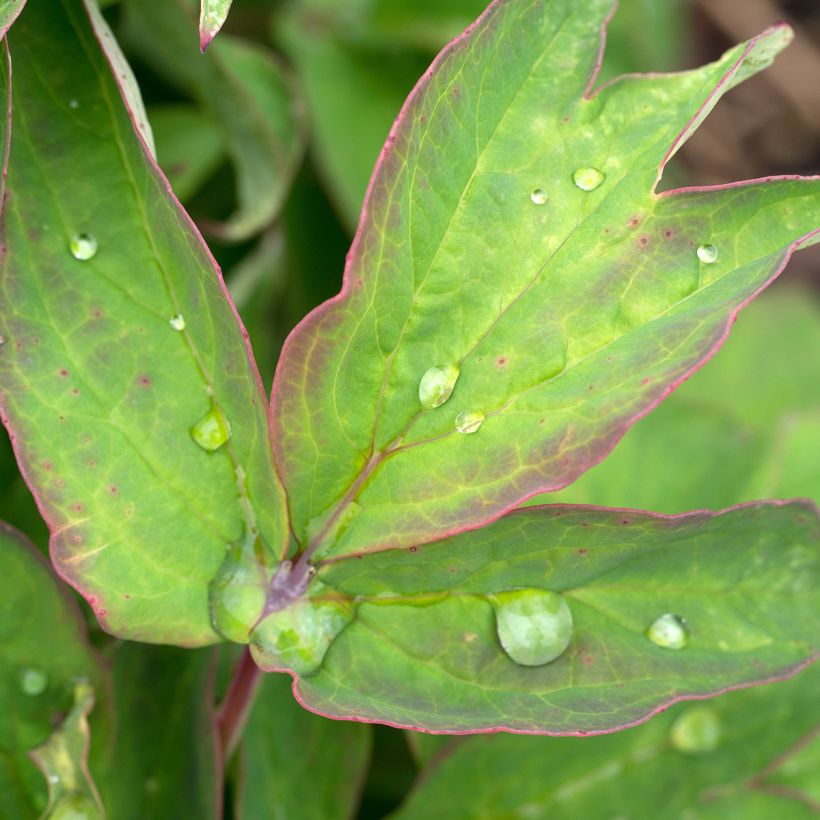

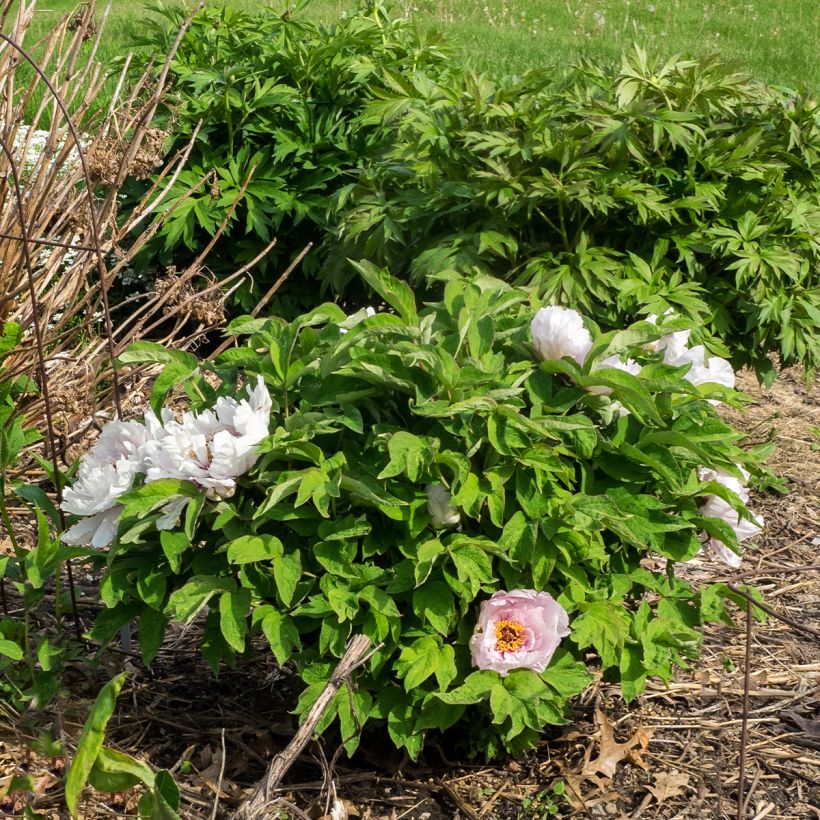

Flowering
Foliage
Plant habit
Botanical data
Paeonia
suffruticosa
Lan Bao Shi
Ranunculaceae
Tree Peony. Moutan Peony
Cultivar or hybrid
Planting and care
Place the Lan Bao Shi shrubby Peony preferably in partial shade in hotter southern regions, or in full sun in more northerly regions. 6 hours of sunlight per day are necessary to achieve beautiful flowering. Morning sun is appreciated, while scorching situations should be avoided. Plant it from September to May, avoiding freezing periods, in fertile and deep soil, slightly acidic, neutral or slightly alkaline, that is moist but well-drained so that the roots do not rot. Once well established in deep soil, the tree peony does not require watering in summer, especially early spring flowering varieties. Its hardiness is excellent, but the flower buds can be damaged by strong or dry and cold winds.
Easy to grow, tree Peonies require little maintenance but deserve careful installation. During planting, dig a large hole 40 to 50 cm (16 to 20in) deep and at least as wide. Fill it with a mixture of garden soil, leaf compost, and river sand or gravel if your soil is very heavy and compact. Add crushed horn, bone meal, and dried blood at the bottom of the planting hole. Do not place the plants too close together, for good ventilation. The tree Peony dislikes competition from the roots of other plants, so plan for a spacing of 1 m (3ft) from its neighbours. The graft should be buried at about twenty centimetres so that the plant gradually becomes independent from its rootstock. Watering should be abundant but spaced out every 8 to 15 days during the first two years, from March to September. Peonies are known to be homebodies and should not be moved after planting. Avoid pruning unless the base of the plant becomes bare. If that happens, prune at the level of the shoots from the base. Provide a stake to support the flower stems and remove faded flowers during the season.
Planting period
Intended location
Care
-
, onOrder confirmed
Reply from on Promesse de fleurs
Haven't found what you were looking for?
Hardiness is the lowest winter temperature a plant can endure without suffering serious damage or even dying. However, hardiness is affected by location (a sheltered area, such as a patio), protection (winter cover) and soil type (hardiness is improved by well-drained soil).

Photo Sharing Terms & Conditions
In order to encourage gardeners to interact and share their experiences, Promesse de fleurs offers various media enabling content to be uploaded onto its Site - in particular via the ‘Photo sharing’ module.
The User agrees to refrain from:
- Posting any content that is illegal, prejudicial, insulting, racist, inciteful to hatred, revisionist, contrary to public decency, that infringes on privacy or on the privacy rights of third parties, in particular the publicity rights of persons and goods, intellectual property rights, or the right to privacy.
- Submitting content on behalf of a third party;
- Impersonate the identity of a third party and/or publish any personal information about a third party;
In general, the User undertakes to refrain from any unethical behaviour.
All Content (in particular text, comments, files, images, photos, videos, creative works, etc.), which may be subject to property or intellectual property rights, image or other private rights, shall remain the property of the User, subject to the limited rights granted by the terms of the licence granted by Promesse de fleurs as stated below. Users are at liberty to publish or not to publish such Content on the Site, notably via the ‘Photo Sharing’ facility, and accept that this Content shall be made public and freely accessible, notably on the Internet.
Users further acknowledge, undertake to have ,and guarantee that they hold all necessary rights and permissions to publish such material on the Site, in particular with regard to the legislation in force pertaining to any privacy, property, intellectual property, image, or contractual rights, or rights of any other nature. By publishing such Content on the Site, Users acknowledge accepting full liability as publishers of the Content within the meaning of the law, and grant Promesse de fleurs, free of charge, an inclusive, worldwide licence for the said Content for the entire duration of its publication, including all reproduction, representation, up/downloading, displaying, performing, transmission, and storage rights.
Users also grant permission for their name to be linked to the Content and accept that this link may not always be made available.
By engaging in posting material, Users consent to their Content becoming automatically accessible on the Internet, in particular on other sites and/or blogs and/or web pages of the Promesse de fleurs site, including in particular social pages and the Promesse de fleurs catalogue.
Users may secure the removal of entrusted content free of charge by issuing a simple request via our contact form.
The flowering period indicated on our website applies to countries and regions located in USDA zone 8 (France, the United Kingdom, Ireland, the Netherlands, etc.)
It will vary according to where you live:
- In zones 9 to 10 (Italy, Spain, Greece, etc.), flowering will occur about 2 to 4 weeks earlier.
- In zones 6 to 7 (Germany, Poland, Slovenia, and lower mountainous regions), flowering will be delayed by 2 to 3 weeks.
- In zone 5 (Central Europe, Scandinavia), blooming will be delayed by 3 to 5 weeks.
In temperate climates, pruning of spring-flowering shrubs (forsythia, spireas, etc.) should be done just after flowering.
Pruning of summer-flowering shrubs (Indian Lilac, Perovskia, etc.) can be done in winter or spring.
In cold regions as well as with frost-sensitive plants, avoid pruning too early when severe frosts may still occur.
The planting period indicated on our website applies to countries and regions located in USDA zone 8 (France, United Kingdom, Ireland, Netherlands).
It will vary according to where you live:
- In Mediterranean zones (Marseille, Madrid, Milan, etc.), autumn and winter are the best planting periods.
- In continental zones (Strasbourg, Munich, Vienna, etc.), delay planting by 2 to 3 weeks in spring and bring it forward by 2 to 4 weeks in autumn.
- In mountainous regions (the Alps, Pyrenees, Carpathians, etc.), it is best to plant in late spring (May-June) or late summer (August-September).
The harvesting period indicated on our website applies to countries and regions in USDA zone 8 (France, England, Ireland, the Netherlands).
In colder areas (Scandinavia, Poland, Austria...) fruit and vegetable harvests are likely to be delayed by 3-4 weeks.
In warmer areas (Italy, Spain, Greece, etc.), harvesting will probably take place earlier, depending on weather conditions.
The sowing periods indicated on our website apply to countries and regions within USDA Zone 8 (France, UK, Ireland, Netherlands).
In colder areas (Scandinavia, Poland, Austria...), delay any outdoor sowing by 3-4 weeks, or sow under glass.
In warmer climes (Italy, Spain, Greece, etc.), bring outdoor sowing forward by a few weeks.






























